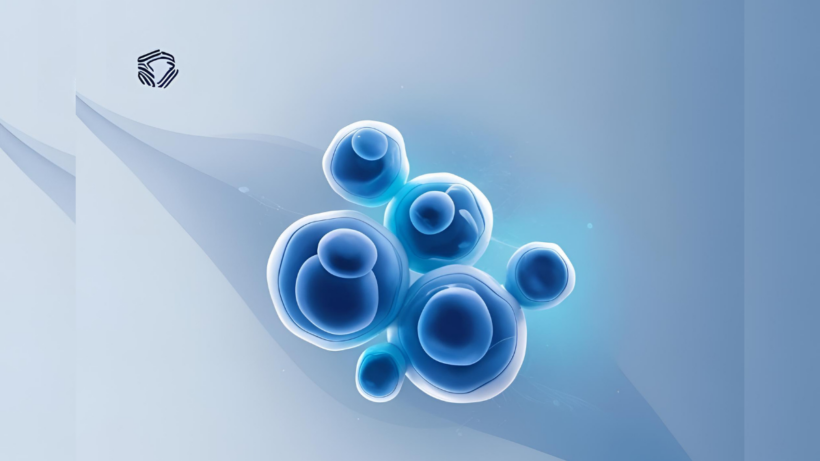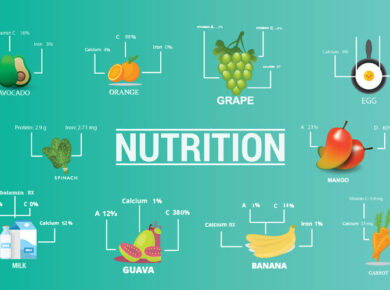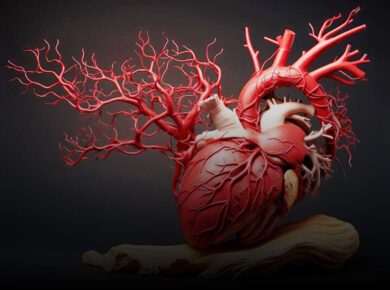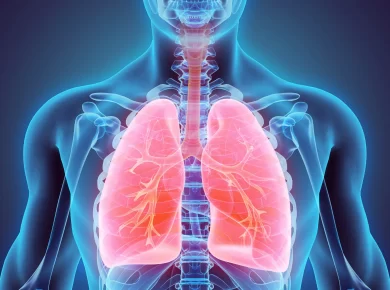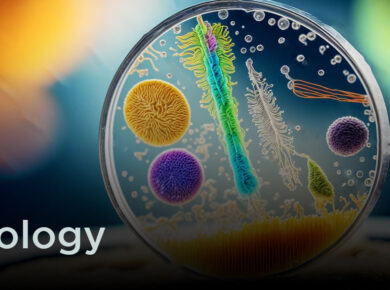The Cell and Cell Theory
Landmarks in cell study Soon after anton van Leewenhock invented the microscope, Robert Hooke in 1665 observed a piece of cork under the microscope and found it to be made of small compartments which he called “cells” (Latin cell = small room). In 1672, Leewenhock observed bacteria, sperm and red blood corpuscles, all of which were cells. In 1831, Robert Brown, an Englishman observed that all cells had a centrally positioned body which he termed the nucleus.
The Cell Theory
In 1838 M. J. Schleiden and Theodore Schwann formulated the “cell theory”. the cell theory maintains that
- all organisms are composed of cells,
- cell is the structural and functional unit of life, and
- cells arise from pre-existing cell.
The cells vary considerably, in shape and size. Nerve cell of animals have long extensions. They can be several feet in length. Muscle cells are elongated in shape. Egg of the ostrich is the largest cell (75mm). Some plant cell have thick wall. There is also wide variation in the number of cells in different organisms.
The Cell
A cell may be define as a unit of protoplasm by a plasma or cell membrane and possessing a nucleus. Protoplasm is the life giving substance and includes the cytoplasm and the nucleus. The cytoplasm has in it organelles such as ribosomes, mitochondria, golgi bodies plastids, lysosomes and eridoplasmic reticulum.
Plant cells have in their cytoplasm large vacuoles containing non-living inclusions like crystals, pigments etc. The bacteria have neither organdies nor a well formed nucleus. But every cell has three major components.
- Plasma membrane
- Cytoplasm
- DNA (naked in bacteria and covered by a membrane in all other organisms)
Two basic types of Cells
Cytologists recognize two basic types of cells. Organisms which do not possess a well fornied nucleus are prokaryotes such as the bacteria. All others possess a well-defined nucleus, covered by a nuclear membrane. They are Eukaryotes.
- Nucleus distinct, with well-formed nuclear membrane.
- Double-membraned cell organelles (Chloroplasts, mitochondria nucleus) and single membraned (Golgi apparatus, lysosomes vacuole endoplasm reticulum) are present.
- Ribosomes – 80 S
- Distinct compartments in the cell i.e., the cytoplasm and the nucleus
- Nucleus not distinct, it is in the form of nuclear zone ‘nucleoid’. Nuclear membrane absent
- Single-membraned cell bodies like mesosomes present. Endoplasmic reticulum and Golgi body absent
- Ribosomes – 70 S
- No compartments
Svedberg Unit
When the cell is fractionated or broken down into its components by rotating in an ultracentrifuge at different speeds the ribosomes of eukaryotic and prokaryotic sediment (settle down) at different speed.
The coefficient of sedimentation is represented in Svedberg unit and depicted as S.
